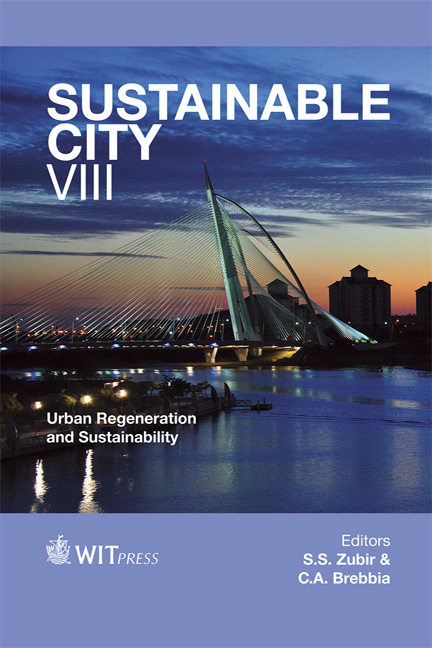Fragility Evaluation Of Tehran Traffic Control Cameras During Earthquakes And The Introduction Of Dynamic Emergency Paths Toward A Sustainable City
Price
Free (open access)
Transaction
Volume
179
Pages
12
Page Range
1375 - 1386
Published
2013
Size
2174 kb
Paper DOI
10.2495/SC131172
Copyright
WIT Press
Author(s)
H. Behruz, A. Lavasani rad, M. Hosseini & A. P. Chavoshy
Abstract
At the time of an earthquake and after, maintaining the performance of the vital systems of the cities (roads, gas, electricity, water and sanitation, and telecommunications) – lifelines – is top priority. Among them, the transportation network appears to be the most vital for emergency aid. Routes for emergency relief services are statistically selected by predicting earthquake damage to roads and various components of the surrounding structures, but this prediction becomes unrealistic due to the lack of documentation of the components listed above. Tehran is now equipped with a network of more than 1000 surveillance cameras that covers the most critical parts of the road network and if they remain functional after the earthquake, they will potentially become one of the most important management tools for crisis management and identification of emergency routes. This research evaluates the ability of Tehran’s lifelines and especially road network surveillance cameras to maintain their functionality after an earthquake, and also provides suggestions for organizing systems of risk management and introduces a dynamic emergency routes concept. Keywords: sustainable city, earthquake, Tehran, control camera, emergency routes.
Keywords
Keywords: sustainable city, earthquake, Tehran, control camera, emergencyroutes.





